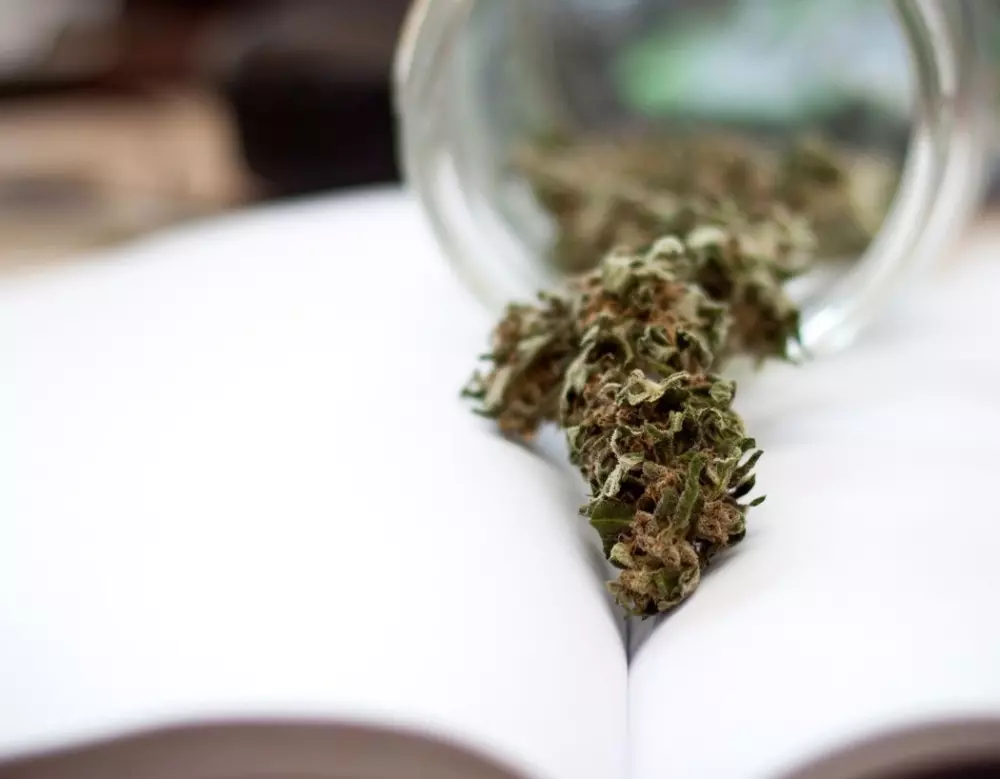“It's been a long, a long time coming
But I know a change gonna come”
- Sam Cooke
Cannabis has an extremely long and colorful history going back thousands of years. It is one of the oldest cultivated plants in East Asia, where it was grown for grain and fiber as well as for recreational, medicinal, and ritual purposes. So how did cannabis get where it is today: a half-maligned, half-legal plant that's just trying to find acceptance in the world?
In this series spanning from 1900 to present day, we’ll try to answer that question by looking at marijuana through the decades, and how its role in society has changed over time.
The 1900s
In the centuries leading up to 1900, hemp was widely grown through colonial America all across the Southwest. Some states even required farmers to grow hemp because of its wide range of uses. In the 1830s, an Irish doctor who had been studying in India realized that cannabis was helpful for alleviating stomach pain, nausea and vomiting in cholera patients. By the late 1800s, pharmacies throughout Europe and the US were selling cannabis extracts to patients with stomach problems and other issues. Hash had also become a fad throughout Europe and, to a lesser extent, in the United States. In South Asia it was commonly used for asthma, bronchitis, loss of appetite, and a whole slew of other ailments. It was seen as a helpful and generally pleasant substance. Just take this quote in the “Indian Hemp” section from The Western Journal of Medicine and Surgery, published in May 1843:"The resin of the cannabis Indica is in general use as an intoxicating agent from the furthermost confines of India to Algiers. If this resin be swallowed, almost invariably the inebriation is of the most cheerful kind, causing the person to sing and dance, to eat food with great relish, and to seek aphrodisiac enjoyment. The intoxication lasts about three hours, when sleep supervenes; it is not followed by nausea or sickness, nor by any symptoms, except slight giddiness, worth recording.”
Marijuana vs. Cannabis
It is at the beginning of the 20th century that the term marijuana came into popular usage in the United States. Anti-immigrant factions pushed for the term to replace the much friendlier-sounding cannabis, tying marijuana to the wave of Mexican immigrants coming to the Southern States at the time. U.S. government officials confused the public’s understanding of cannabis and began to create a strong divide between hemp and marijuana. The latter was portrayed as an insidious substance flowing across the border, along with immigrants, from Mexico. To drive this point home, in 1905, the Los Angeles Times published a story titled "Delirium or death: terrible effects produced by certain plants and weeds grown in Mexico" with choice quotes like:"Not long ago a man who had smoken a marihuana cigarette attacked and killed a policeman and badly wounded three others; six policemen were needed to disarm him and march him to the police station where he had to be put into a straight jacket. Such occurrences are frequent. "People who smoke marihuana finally lose their mind and never recover it, but their brains dry up and they die, most of times suddenly."A year later, in 1906, the Pure Food and Drugs Act was established. This act, while well-intended, set the groundwork for the prohibition of cannabis. Prior to this, each state set its own public health laws; cannabis was considered medicine (not a drug) and was sold in pharmacies. At a national level, there was no such thing as an illegal drug. This first national public health law included the power to label and remove products, which, as we’ll see in the next chapter of the History of Cannabis, didn’t take long to affect the medical cannabis industry.
